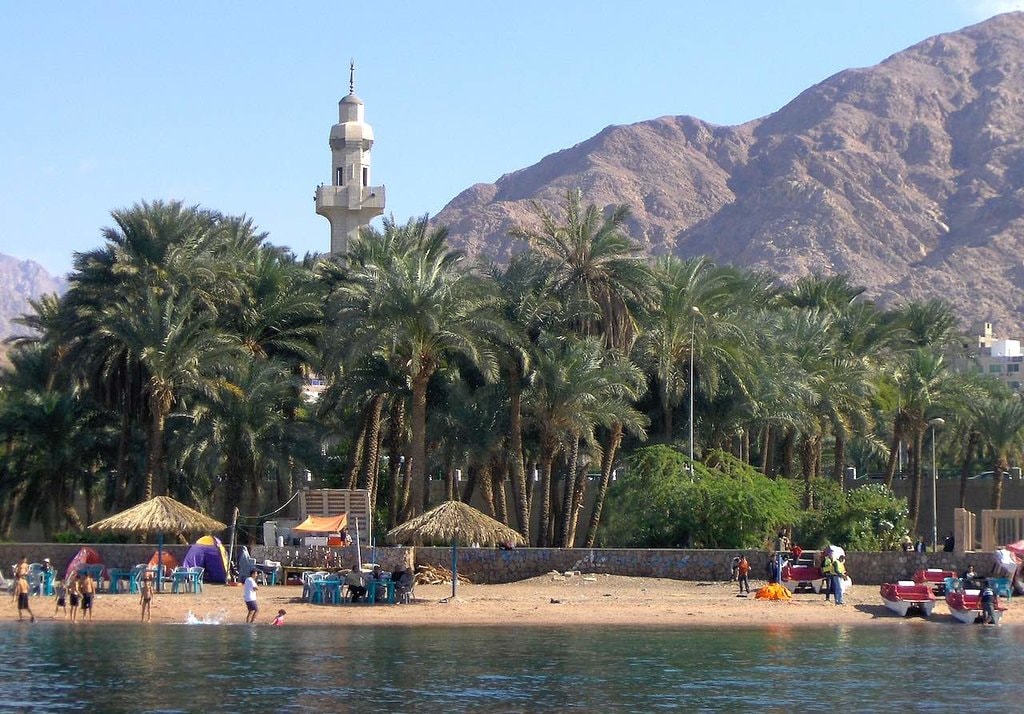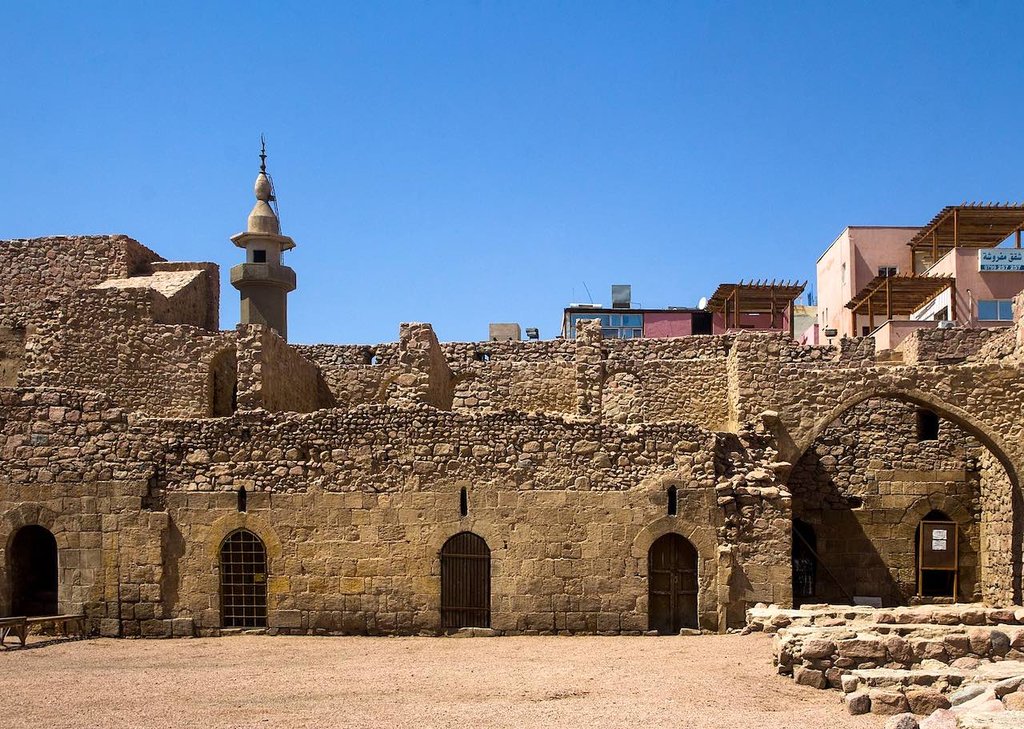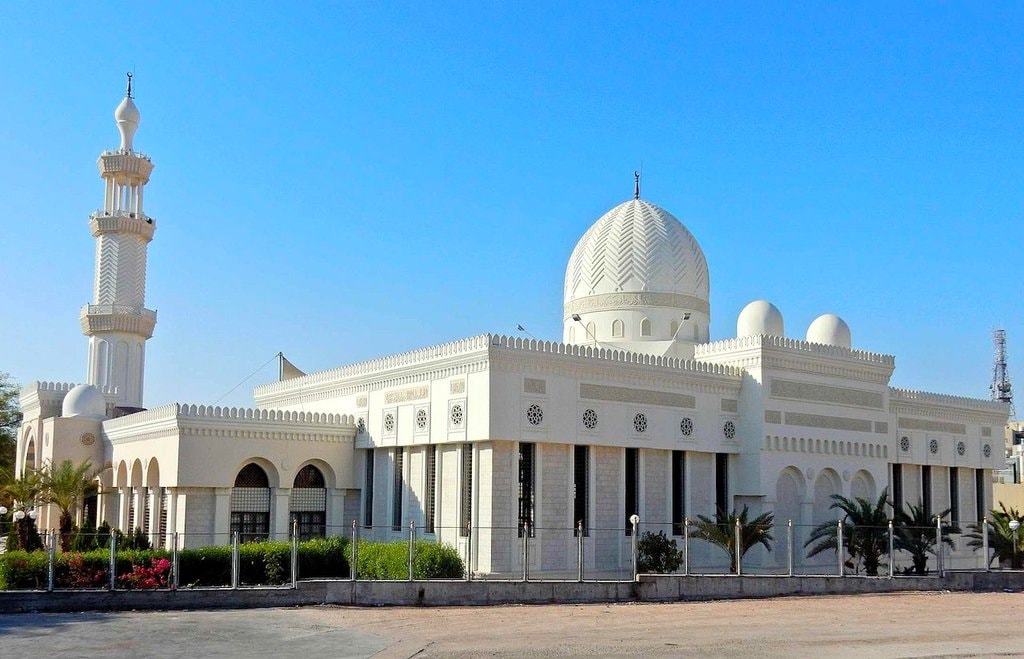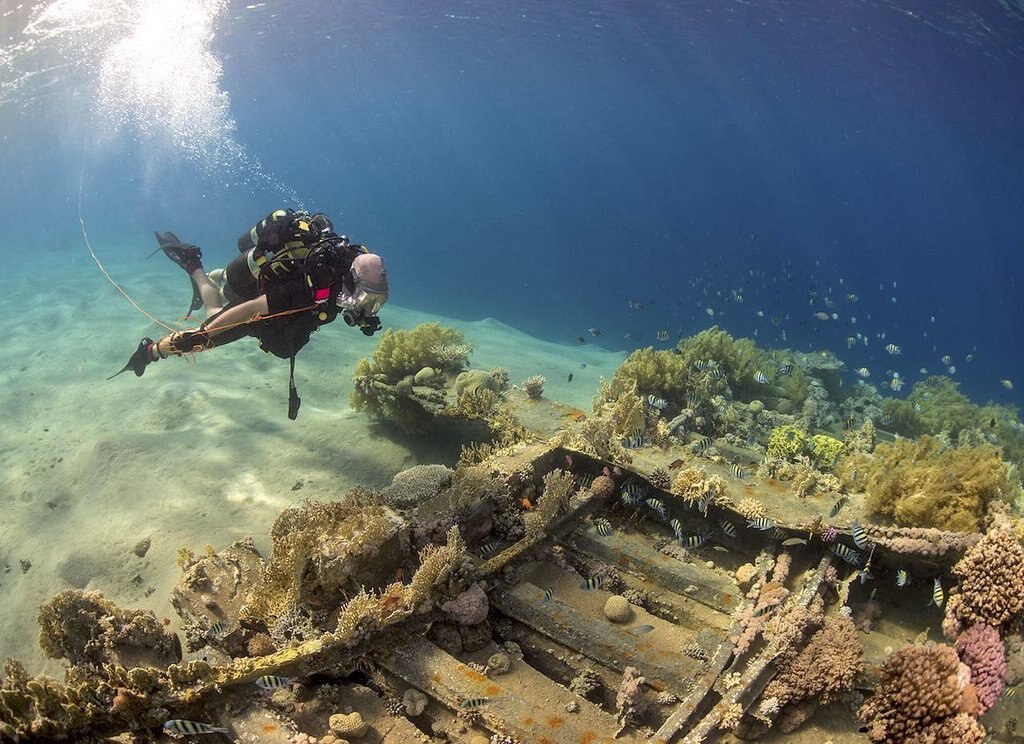History, Beaches, and the Sea: Your Guide to Aqaba, Jordan
“Jordan is dominated by deserts and mountains, which is why the coastal city of Aqaba is like an unexpected oasis, delighting visitors with its fascinating and extensive attractions. Aqaba is the country’s second city. Riding on the wave of success created by Petra and the nearby Wadi Rum desert, it has come a long way and established its own well-defined identity, based on an abundant supply of culture, an important and compelling history – well worth discovering – magnificent landscapes and environmental resources.
With museums, events, excursions, architecture and art, not forgetting the beaches, sea, entertainment and time to relax, a trip to Aqaba will satisfy your holiday desires in every way. What’s more, with its mild winter climate, when the temperature doesn’t fall below 20ºC, and dry summer heat – alleviated by a constant refreshing sea breeze – this city is the perfect all-year-round destination. Here’s your guide to the 10 best things to see in this Red Sea gem.
### 1. Beaches
After what may have been a long journey, what better to do than spend the first few days relaxing in the shade of the palm trees on these beautiful beaches? The coast is divided into three areas: the north beach, where the vast majority of hotels are located, the central Al Hafaier area, full of traditional beach haunts where you can relax with a cup of tea until sunset if you wish and, finally, the south beach area near Marine Park, where the main (and most popular) public beach can be found. The sea is really spectacular!

Aqaba Beach By Are G Nilsen, CC BY-SA 3.0 (commons.wikimedia.org/w/index.php?curid=53472852)
### 2. The ancient city of Ayla
During an excavation by an American university, in 1986, in the centre of Aqaba, the remains of what was thought to be the first Arab city outside of the Arabian Peninsula were discovered. It’s estimated that it was built around 650 CE and that it was slowly abandoned after around two centuries, first due to natural disasters, then because of Bedouin raids and looting. Today, Ayla is a mass of ruins but you can still make out the streets, the front doors of houses, markets and the ancient mosque. An incredibly important cultural heritage resource for those studying the origins of Islamic culture. ### 3. Trips to Wadi Rum, the Dead Sea and Petra
Aqaba occupies a key position, so it is often used as a base for exploring surrounding areas. Around 60 km to the east is the Wadi Rum desert, which became famous after Lawrence wrote about it in his book. It takes longer to get to the Dead Sea, a journey of 150 km to the north. Without doubt, this is a spectacular place – a deep basin at least 400 metres below sea level – and well worth the trip. And then there is Petra, the ‘multicoloured’ in local dialect. The city was carved into the rock and is so incredibly fascinating that it has become one of the seven wonders of the modern world! It’s a day trip from Aqaba.### 4. Aqaba Fort
Built in the early 16th century on the wishes of the Mamluk Sultan Qansur Al Ghuri, the square fort was used for a long time as a Khan, a refuge for pilgrims travelling to Mecca. Occupied by the Ottomans until the First World War, it was re-conquered by the Arabs during the Great Arab Revolt, which started in Aqaba. The revolt was later commemorated in David Lean’s 1962 film, Lawrence of Arabia. Visitors can explore the whole of the partly-destroyed fortress, except when frequent restoration work is in progress. 
Aqaba castle By Alexey Komarov, CC BY 3.0 (commons.wikimedia.org/w/index.php?curid=59779891)
### 5. Souk by the sea
Foreign organisations have set up many schemes to support the people of Jordan, and this colourful street market every Friday evening is just one of them. Here, local artisans display their handiwork – dazzling displays including jewellery and bags – and tourists know they are buying genuine locally produced articles at the right price. Most importantly, they are helping the small local economy. ### 6. Archaeological museum
You’ll find this inside the fort, once the home of sheiks. The museum is a treasure trove of historical finds and often hosts exhibitions on a particular theme, as well as other events. It contains items from the Bronze Age, stone sculptures, jewellery, ceramics, Islamic clay tablets, bas-relief from the Byzantine Empire, and lots more. If you love to find out more about where you’re staying, and like delving into a civilisation’s origins and history, this museum is the perfect place to start your holiday in Jordan.### 7. Sharif Hussein Mosque
This is one of Aqaba’s symbols, particularly at night when it is lit up by dozens of lights and is visible many kilometres away. The Mosque, named after Hussein Bin Ali, who proclaimed the revolt against the Ottomans during the First World War, is an amazing example of Arab architecture. The pure white stone, minarets towering towards the sky and ornate glass windows are a real treat for the eyes. Step inside and you’ll be amazed by the building’s elegance. 
Sharif Hussein Bin Ali Mosque, by flashpacker-travelguide.de – flickr.com/photos/149324445@N08/34600762701/, CC BY-SA 2.0 (commons.wikimedia.org/w/index.php?curid=62135922)
### 8. Turkish baths
Turkish baths are a real way of life here! After bathing in water at varying temperatures, you’ll be looked after by a strong Jordanian massage therapist for an exfoliating scrub and miraculous Dead Sea mud treatments. A perfect end to a day of excursions amid dust and noise. You’ll feel thoroughly revived and your skin will never again feel so wonderful.### 9. Artisan school
One of the most interesting and educational things you can do in Aqaba is learning how to work with sea glass and metal thread, making your very own jewellery, which you can then take home to show your friends! Under the expert guidance of local artisans, you’ll be able to choose what to make and can then design it to your own taste. Courses last just under two hours and help continue this centuries-old tradition.### 10. Diving and snorkelling in the Red Sea
One of Aqaba’s greatest assets is the sea. A deep gulf wedged in the desert, the Red Sea ends at both the Jordanian and Israeli coastlines, and this part is one of the richest in life and colour. Whether you are already an expert diver or just curious to experience the thrill of breathing under water, take advantage of Aqaba’s diving centres’ expertise and have an unparalleled guided underwater adventure. For the less brave, snorkelling is a good alternative option, admiring the beauty of this sea armed only with a mask and tube! 
Gulf of Aqaba, Jordan, by US Naval Force Under Creative Common License CC BY 2.0 (www.flickr.com/photos/navcent/15569950028)
As you’ve seen in this brief guide, Aqaba has so much to offer – activities, excursions, or simply time to relax. Your days will never be empty! Finally, Jordan’s food deserves a mention. Be prepared for a feast. Pots are always boiling and tables are always set and laden with delicacies. Try Mansaf, the national dish made from rice, yoghurt and lamb. Eat it standing up and using only your right hand, as the Bedouins do…you’ll love it! Jordan, with all its riches and hospitality, is waiting to be rediscovered and loved.”
More Articles With Beach
Where to go for the ultimate work from home getaway
If you like to enjoy beach days away from the crowds, check out our list of the best hidden beaches in the UK.
For an old-school weekend by the sea, head to Skegness. Discover fish and chips, fairground fun and more with this three-day itinerary.
For fresh fish in crispy batter, served with salty, hand-cut chips, head to the seaside. Here are the best fish and chip shops in Skegness.
Discover the top attractions to explore in Mallorca during a holiday to plan your itinerary.